This is my multimedia piece. My goal for this module is to explore further reasons for university students may be uncomfortable or unwilling to meet new people and how to solve these issues in a customized way.
At first I decide to make a slide presentation for my module. The reason is that the presentation not only follows the design principle, but also represents the power of reducing the extraneous load (Mayer). I enjoy editing the hierarchy of texts. Then I decided to create the presentation in H5P because I thought the interactive presentation would be fun.
Theories and Principles
The most important theory I have applied in my presentation are active learning and instructional design. The traditional presentation applies a few effects for students utilizing principles, so that students would have fewer opportunities to think critically. I add a question that let learners write about their own thought of the content of this module before viewing the next slide. This method can help learners read the following slides because they would compare their answers with the content of each slide.
According to Merrill’s first principles of instruction and constructive alignment, a productive learning process should involve demonstration and application. The presentation usually represents a demonstration tool while the interactive game represents an application tool. Demonstration usually appears first, then is application. However, I switch the consequence of the interactive game and the presentation. Putting interactive games at the beginning of the presentation is letting learners create their own objectives, so that learners would create their own tips for meeting new people confidently.
Reference
Goldstein, S. B., & Keller, S. R. (2015). U.S. college students’ lay theories of culture shock. International Journal of Intercultural Relations, 47, 187–194. https://doi.org/10.1016/j.ijintrel.2015.05.010
James Greenwood (n.d.) https://www.james-greenwood.com/instructional-design/toolkit/merrill/#:~:text=The%20premise%20of%20Merrill%E2%80%99s%20first%20principles%20of%20instruction,principles%20are%20necessary%20for%20effective%20and%20efficient%20instruction.%E2%80%9D%28p44
Kushwaha, Ayushi. (2020, December 20). Want to Socialize? Here are 5 Tips for International Students. CEOWORLD magazine. https://ceoworld.biz/2020/12/18/want-to-socialize-here-are-5-tips-for-international-students/
Staff, C. P. (2009, July,17). 7 Ways to Heal Your Childhood Trauma. https://casapalmera.com/blog/7-ways-to-heal-your-childhood-trauma/
Sunshine Community Health Center (n.d.). Emotional And Psychological Trauma: What Is It and How To Heal? https://www.sunshineclinic.org/blog/emotional-and-psychological-trauma-what-is-it-and-how-to-heal/
Sunshine Community Health Center (n.d.). How Trauma and Stress as Young Children Affect Our Health as We Age? https://www.sunshineclinic.org/blog/how-do-trauma-and-stress-we-feel-as-young-children-affect-our-health-as-we-age/
University of Victoria: Educational Technology. (2022, October 7.) W6: Instructional Design and Lesson Planning. https://edtechuvic.ca/edci337/2022/10/02/w5-design-principles-for-multimedia-presentations/
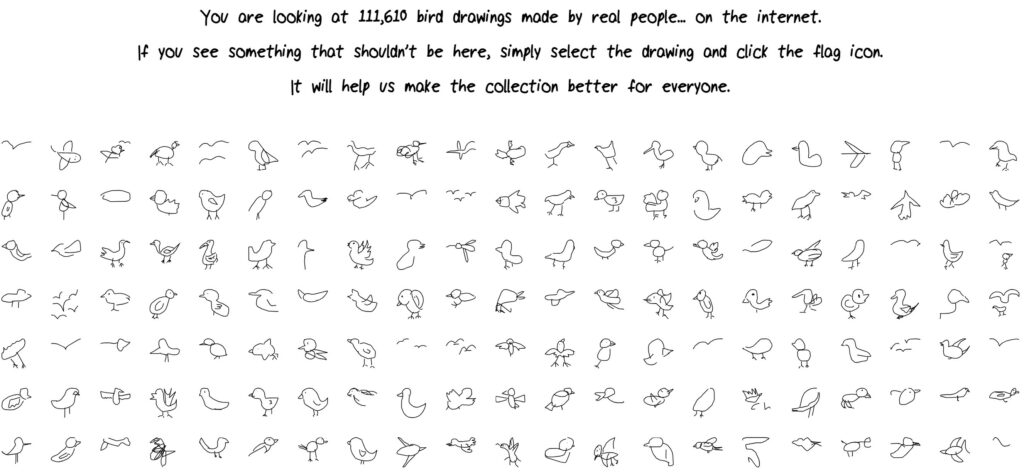



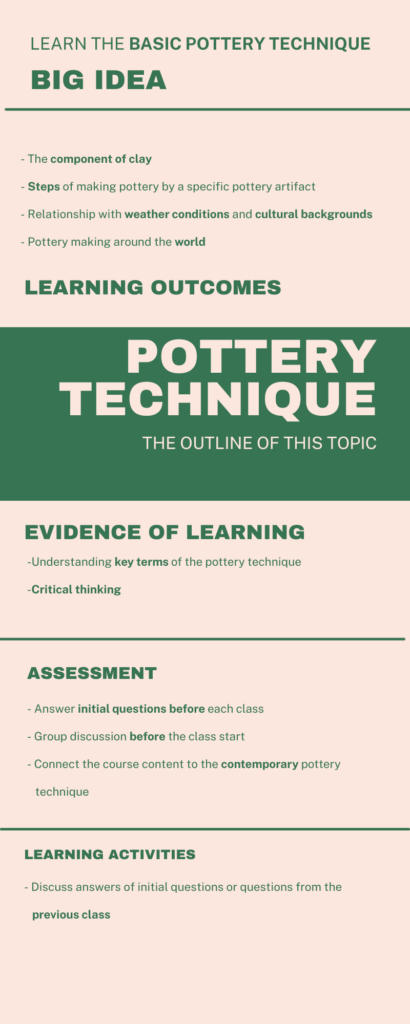
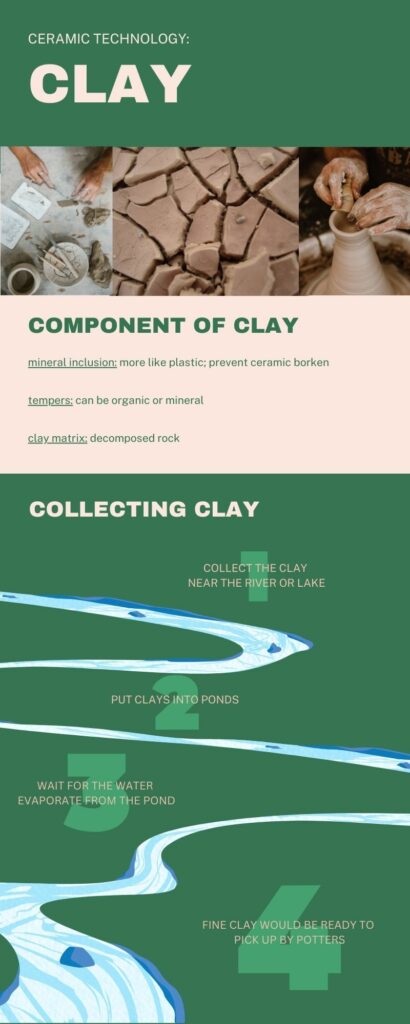
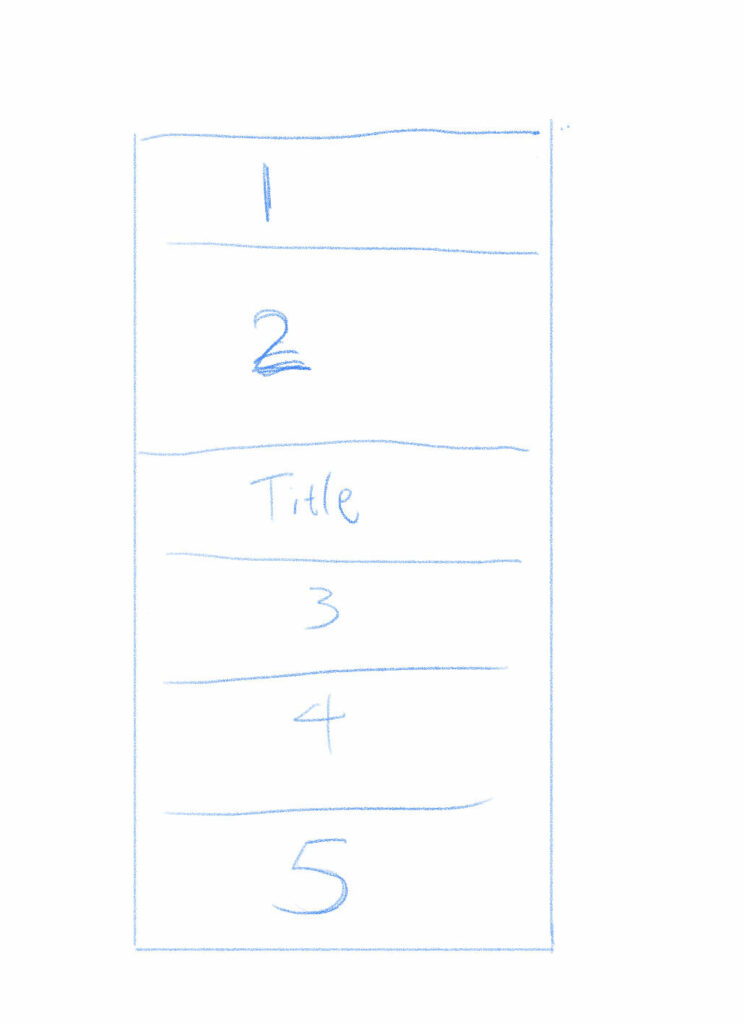

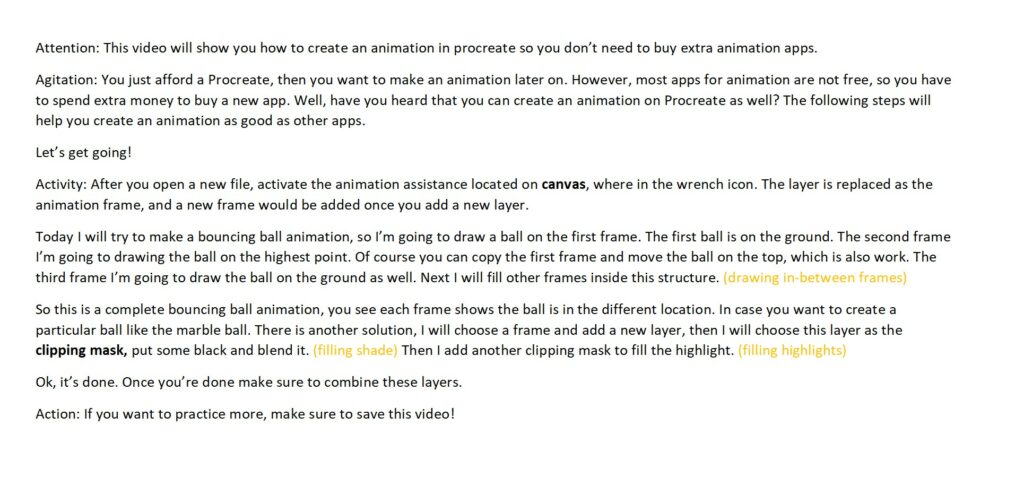
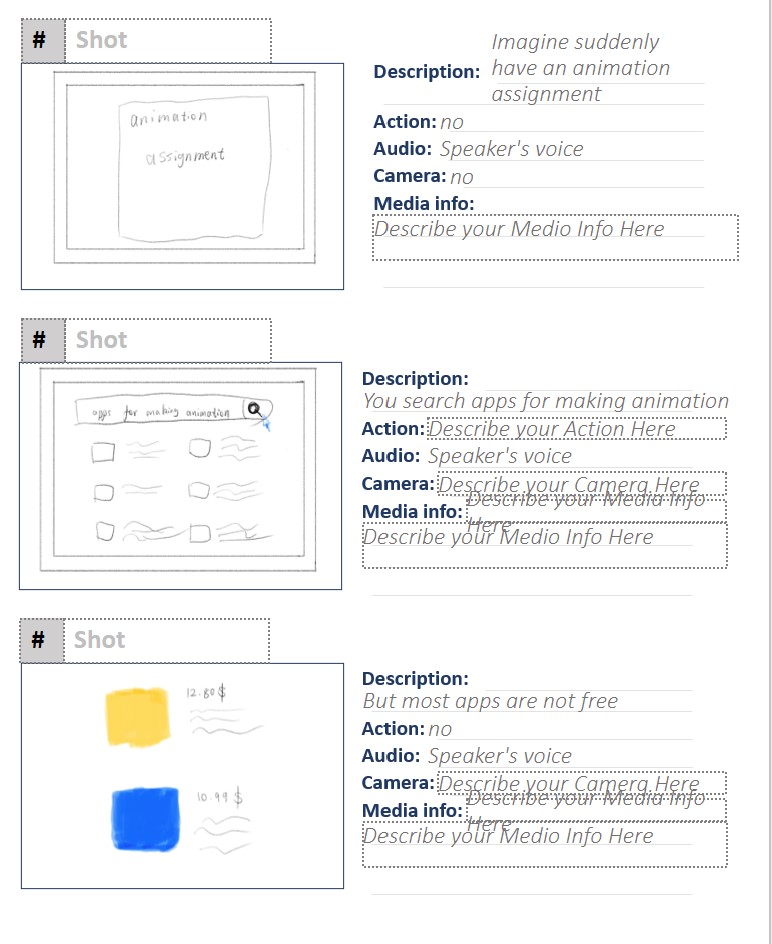
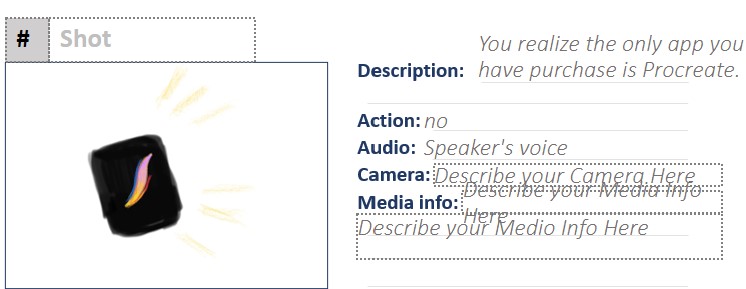
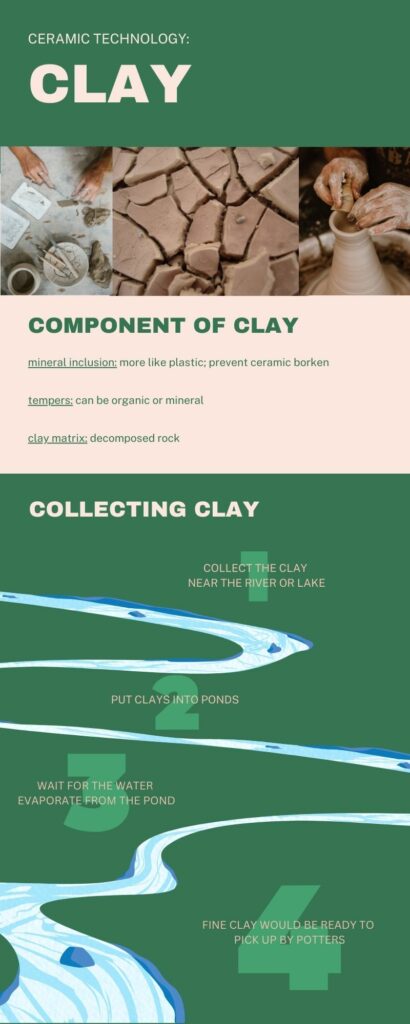


Recent Comments